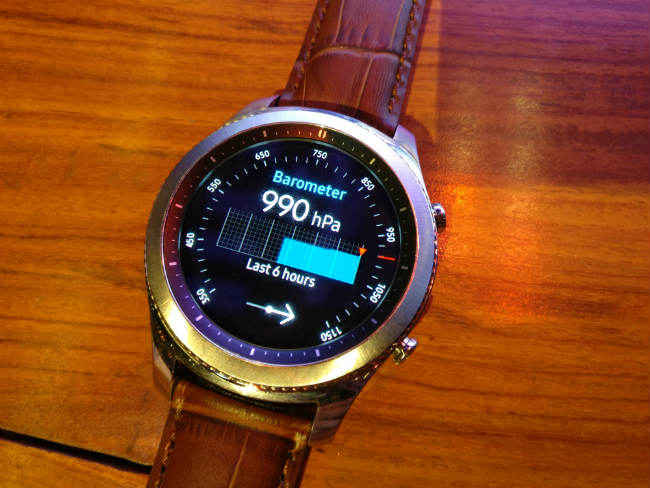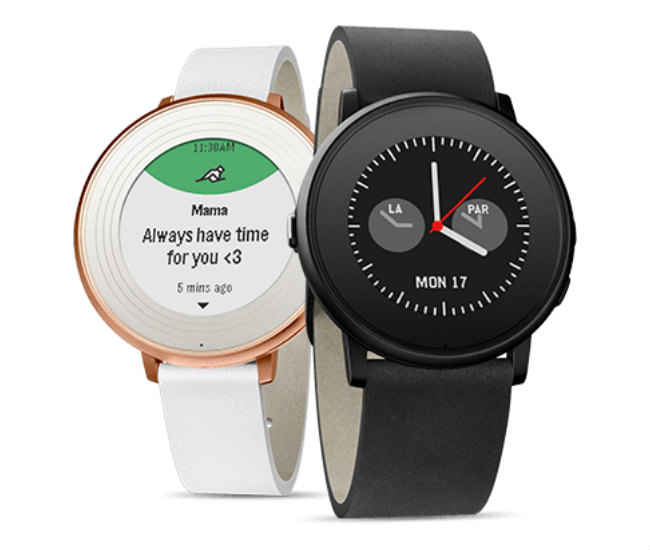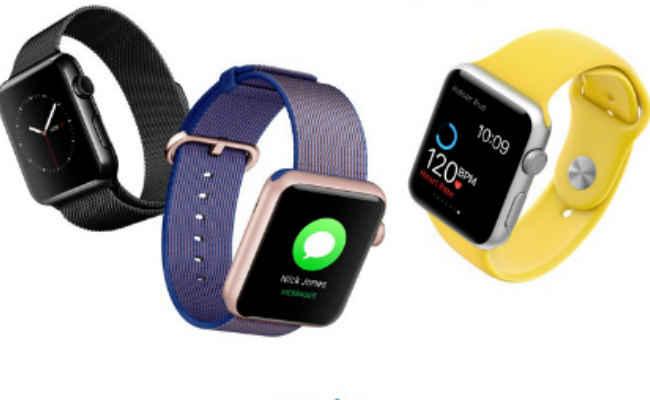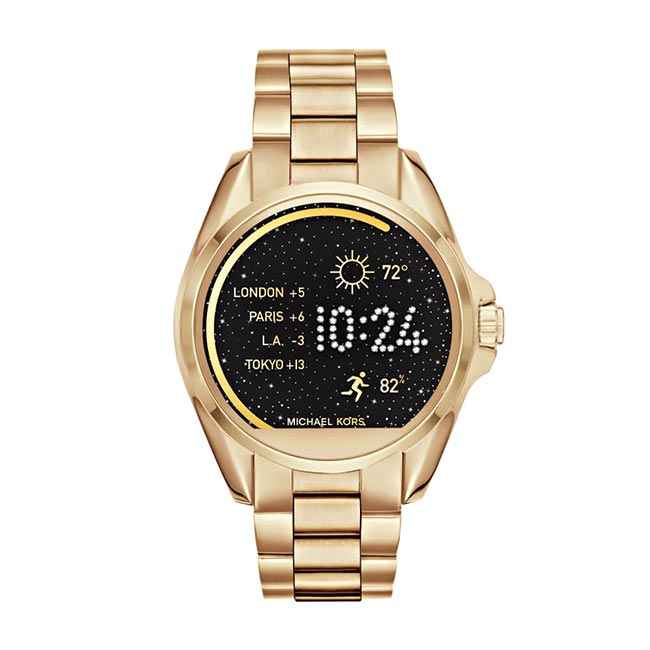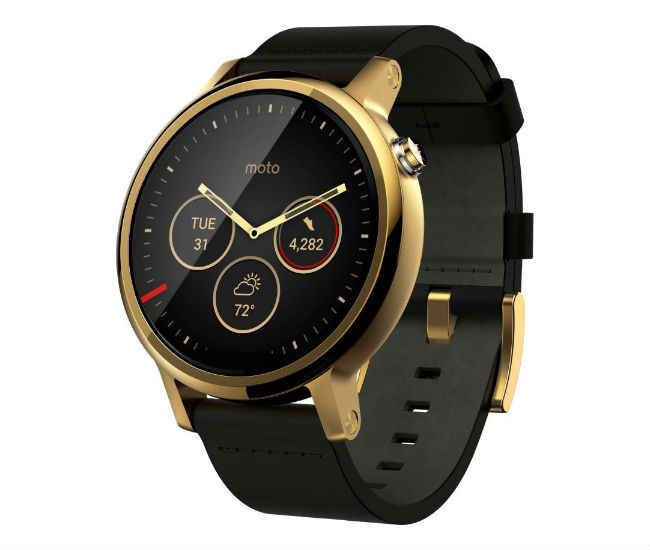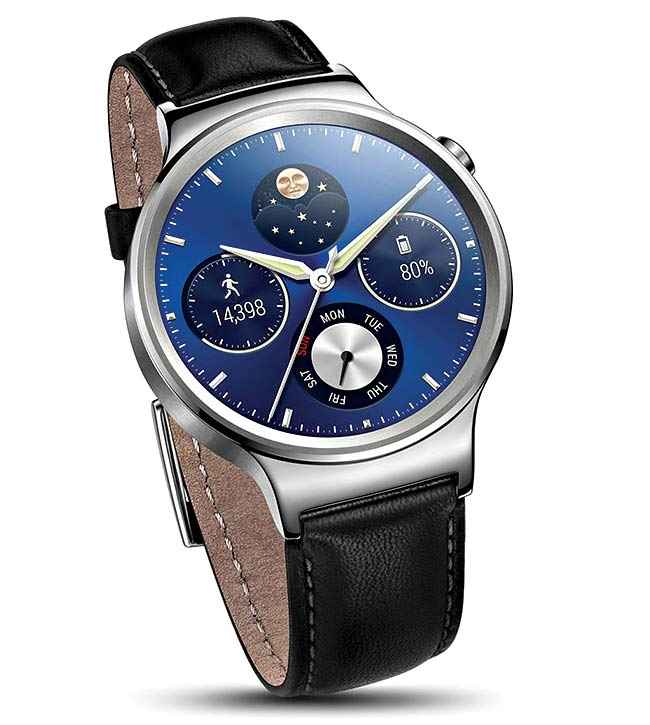Are smartwatches here to stay?
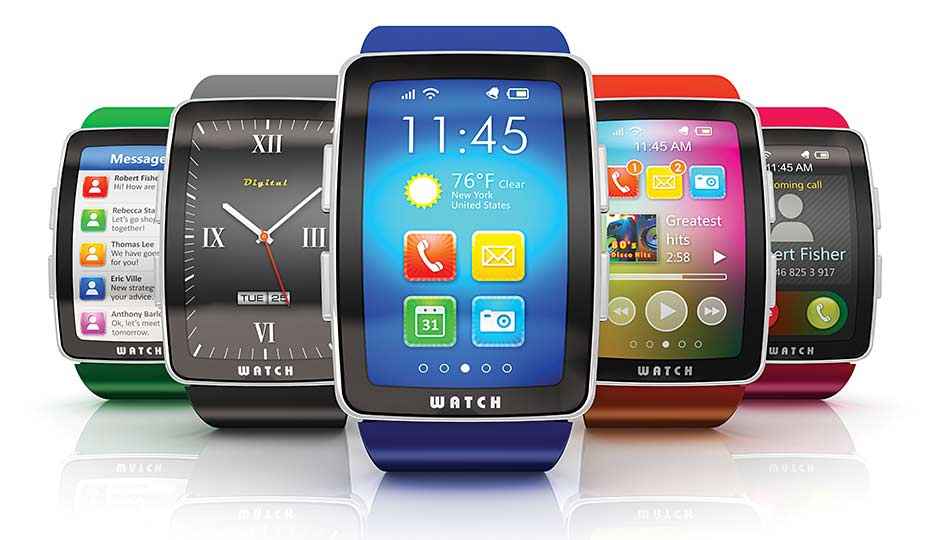
State of wearables: It's been two years since Moto 360's debut, we look at how smartwatches have matured
Ah, yes, about those wearables… If you were to step aside for a moment and look at contemporary consumer tech, you’d be forgiven for thinking we were halfway to Minority Report. (Or, considering that “social credit” people rating system the Chinese are keen to implement, halfway to Black Mirror.) In any case, there’s been an absolute consumer tech explosion since Steve Jobs introduced the iPhone to the world 10 years ago; the ways in which we interact with tech, and more importantly, how often, have changed fundamentally.
IoT in an interconnected world
The rise of the Internet of Things, in particular, has shaped our changing interactions with tech. IoT is a concept that takes into consideration every single connected device in the world – smart appliances, mobile devices, embedded sensors, and security systems. In an IoT environment, your interface with the machine isn’t bound to your personal terminal, whether that’s a smartphone or wearable. Your device becomes a hub for inputs and outputs from every device connected to that environment. Imagine that kind of power: See and hear anything, at any time. Grant and restrict access to both real and virtual systems. Physically change your surroundings and the experiences of the people around you. All this, right at your fingertips.
Samsung Gear S3
Are wearables here to stay?
And that’s what brings us to wearables, smartwatches and fitness bands. On the surface, they’re the kind of tech that’s straight out of an eighties sci-fi movie. They’re supposed to be the magic pill to an interconnected IoT world—the kind of thing that just screams “you’re here in the future.” But the reality isn’t quite this straightforward. Are smartwatches truly a step forward for communication, or are they really just tiny, wonky little half-phones with no real independent connectivity that you stick on your wrist because, well, the future? Smartwatches are pretty cool to look at, and they can do a lot of interesting stuff if you set them up right. The question, though, is, in these times of rapid technological change, when we might just leapfrog from VR goggles to smart contacts in ten years, do smartwatches have a future? Are smartwatches our interface with tomorrow?
Pebble Time Round
What smartwatches can (and can’t) do
If we want to answer that question, we need to first look at what smartwatches can actually do, in the here and now. As we’ll argue later, it’s not so much that there’s a shortage of use-cases for smartwatches. Rather, low adoption rates, amateur software, and a fragmented ecosystem mean that the solutions are rarely more effective than what you could just get done with your phone. Sports and fitness are among some of the use cases where smartwatches really shine and can give your phone a run for its money in terms of features and convenience. While we can’t speak for the Apple Watch, the 360 does a great job of fitness tracking. When you head out for a jog, Android Wear devices do a good job of keeping track of your timing, distance, and heart rate (with the rather dubious heart-rate monitor on the Moto 360). And while much of this is possible with a pedometer app on your phone, the increased convenience of smartwatches really makes a difference here. Also, it’s one of the few cases where you don’t need an active phone connection to your watch. Unfortunately, personal fitness isn’t much of a priority for many, and a cheap fitness band, like the Mi Band, can get your virtually all of this functionality at a fraction of the price.
Apple Watch
While the latest generation of smartwatches feature standalone mobile internet connectivity, most of the devices out in the wild, including the first and second-gen Moto 360, are entirely reliant on a Bluetooth-paired phone to connect. While standalone connectivity is a step in the right direction, most smartwatches are inextricably tied to their paired phones. This reduces their utility right from the get go because it introduces an element of redundancy: whatever’s on your watch has been passed through from your phone where it’s almost certainly available in more detail. Because of Android Wear’s inherent limitations, you really can’t get a full-fledged app experience on your watch: Although WhatsApp, for instance, displays your current messages, you don’t get to see the whole history, and can’t even type out replies without using a third-party input method. Although Android Wear 2.0 is slated to ease things in this respect—with handwriting support, and the ability for apps to run independently of your phone—between the small screen and the limited battery life making it necessary to leave said screen switched off as much as possible, you’re just not going to have a comparable experience to what you can do with a phone that’s only a pocket-whip away.
The use-case dilemma
There are quite a few cases where the Android Wear solution is compelling, but it’s either a hassle to set up or where redundancy makes pulling out your phone as easy an alternative. Take media center remotes, for instance. In theory, a media remote that works off Android Wear is the perfect complement for a laid-back living room Netflix binge. In practice, the complex jerry-rigging that’s going on here, with your watch talking to your phone, that’s talking to your HTPC, means that connection drop-outs are the rule, rather than the exception. It’s cool to use, and the convenience is tantalizing, but at the end of the day, you’re apt to just pull out your phone, and use that to control your media center. E-book reading is another area where, surprisingly, Wear does have its uses. The unassumingly named Wear Reader makes best possible use of limited screen space: it flashes words at you, one by one, onscreen. This works a lot better than you think it would, and if you don’t mind flipping erm…rewinding whenever you lose focus, it’s a surprisingly easy way to read, though it does run through your battery. But the question that arises here is, again, why can’t you just pull out your phone? Because of the greater amount of screen space, there’s no need for gimmicky flashing of any kind. Market evidence points to precisely what we’d expect for a device that people just can’t find a suitable niche for in their lives: A Gartner survey indicates that smartwatches have a 29 percent abandonment rate. In other words, one in three smartwatches is currently gathering dust in a drawer because their owners haven’t been able to find compelling uses for them.
Michael Kors Access Bradshaw MKT5001
Although the lack of a mature app environment is a concern, the real issue here is a bit more fundamental: As things stand now, there aren’t a lot of use cases where software is tailored towards a wearable experience. There is so much more that a connected device on your wrist ought to be able to do than merely act as a second screen for your smartphone. While native messaging options are rudimentary—voice commands and a small selection of auto replies are about it—third party options like Coffee and Wear Messenger are surprisingly complete messaging solutions. There are all kinds of situations where it’s not feasible or appropriate to pull out your smartphone. Shooting off quick messages from Wear—the “Wher r u” variety—without pulling yourself out of whatever you’re doing, is a solution that only a wearable device can offer. With Android Wear 2.0 featuring much deeper messaging integration, this makes for at least one compelling reason to get your hands on a wearable next year.
Lessons Learned: Android Wear and usability
Considering, though, that most smartwatches out on the market run hardware that was top-spec for a 2010-11 era smartphone, isn’t there a more straightforward way of getting past software limitations? Let’s go back to 2011 and the little-known story of the MOTOACTV. The 360 isn’t the first mainstream smartwatch to hit the market. But, strangely enough, it’s not even Motorola’s first smartwatch. That honor goes to the MOTOACTV. Back in 2011, Motorola decided, for some reason, to out what was essentially a 1-inch Android tablet with a wrist strap. The MOTOACTV ran full-fat Android and could handle just about any Android app you threw at it. The problem was that menu items were shrunk to unusable proportions, making the watch unsuitable for just about anything apart from Watch and fitness functionality. Which is probably why it didn’t sell so well. And by extension why Android Wear is as simplified as it is.
Moto 360 2nd Gen
When we put smartwatches in the context of an IoT-enabled world, this is a major concern. The watch, if its role is to be taken seriously, needs to be a hub device. It needs to let the user communicate with multiple devices at the same time. Without some form of multitasking support at the OS level, an Android Wear smartwatch would simply not be capable of acting as an effective IoT hub. A problem that’s much harder to solve, though, is consumer apathy: As of Q3 2016, smartwatch sales are down to around 2.7 million units, a substantial decline from the 5.6 million units shipped in the same period last year. This is a fraction of a fraction of smartphone sales, or even just watch sales for the same time period. Without a large user base, big-name developers tend not to release content for the platform. Without content, users don’t see the need to buy into the platform, and the platform developer doesn’t see the need in improving the platform itself. A fundamental rewrite of Android Wear—going far beyond the Wear 2.0 paradigm, allowing for true multitasking (not just semi-persistent music player control) and a feature-rich interface—could remedy these issues, but as is always the case, it’s demand that shapes products, and right now, there’s just not that kind of demand in the market.
Huawei Watch Classic Style
A wearable future?
Where could wearables go from here, though? Although the current crop of smartwatches is less than useful, we don’t think that wearables, as a category, are a complete write-off. Looking to sci-fi (which, by the way, is turning out to be a remarkably accurate way of predicting the near future), smart eyewear is likely what’s next on the horizon. Google Glass never did pick up, even as a concept. It faced many of the same issues faced by Android Wear devices today, only magnified: Glass was never a market-ready product, and the high price of the “Explorer Edition” put off most would-be buyers right off the bat. A dearth of Glass-enabled apps (of which there are fewer than 100) meant that there just wasn’t much you could do with your Glass unit. One of these is titled “Google Glass Airplane Mode,” which should give you an idea of the state of Glass’s app environment. But just like with Android Wear today, the real killer was Glass’s lack of purpose. If a Wear device is a scaled-down second screen for your phone, Google Glass is merely a blown up, head-mounted screen for the same. Moreover, the very real privacy concerns that Glass introduced can’t be understated, with casinos and theaters banning its use. While security concerns with smartwatches aren’t quite as in-your-face, many people simply remain uncomfortable with the idea of easily concealable wearables being misused.
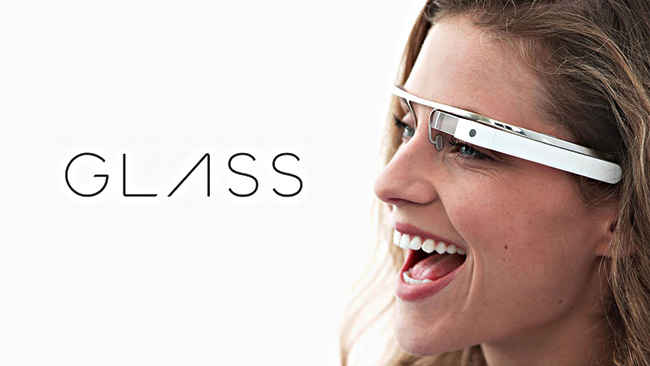
Google Glass
Nevertheless, with products like Microsoft’s Hololens and the mysterious Magic Leap adopting the eyewear form factor, and with the current flourishing of consumer VR, we’d be hard-put to identify where else the wearable story could go.
Although sales are, indeed, in decline, we find it hard to see smartwatches disappearing as a product category anytime soon. There’s just something evocative about consumer tech that just blends into the rest of your life. At times, using an Android Wear device like the Moto 360 can feel like a burden: too much effort, too little payoff. But the way it just is, somehow a watch and yet not, the way it takes the familiar and inverts it, evokes the way sci-fi technology once appeared, years ago. It’s the familiar masking something new, and that’s the real beauty of the IoT, a dusty, scrappy Internet of wardrobes and induction cookers and venetian blinds. And watches.
This article was first published in January 2017 issue of Digit magazine. To read Digit's articles first, subscribe here or download the Digit e-magazine app for Android and iOS. You could also buy Digit's previous issues here.

